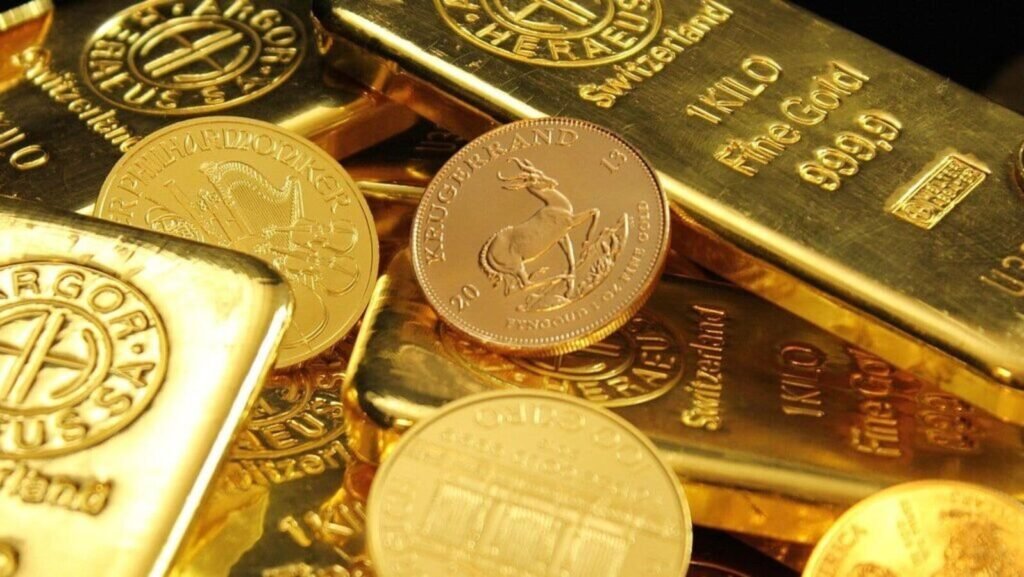Gold’s strength is drawing new investors into buying other precious metals, but be warned: Not all that glitters is as grand.
The uncertain macroeconomic environment and rising government debt the past few years have made gold attractive. With a 24% annualized three-year price return, gold’s radiant performance beats the S&P 500’s annualized total return of 18.6%. Judging by inflows tracked by Morningstar into silver, platinum, and palladium exchange-traded funds, investors appear to be hunting for the next metal to hit it big.
“To a lot of people, [gold’s strength] is a signal that hard assets are in vogue, and therefore, in a rising gold environment, other precious metals should rise,” says Will Rhind, CEO of GraniteShares, which offers two precious metals ETFs.
Buyers have been rewarded this year, as seen by the gains in the biggest precious metal ETFs. The $101 billion SPDR Gold Shares is up 26.9%, the $17 billion iShares Silver Trust is up 27%, the $1.7 billion Abrdn Physical Platinum Shares ETF is up 50.7%, and the $512 million Abrdn Physical Palladium Shares ETF is up 21.5%.
But investors shouldn’t think that silver, platinum, and palladium are just a whiter shade of gold. Each metal is guided by its own supply and demand factors.
“Gold is very, very different than silver,” says Robert Minter, director of investment strategy for ETFs at Aberdeen Investments. “We often hear silver is gold junior, and it just makes my hair fall out.”
While gold functions as an alternative currency and a safe-haven investment, the other metals tend to follow the business cycle. Although silver has some currency-like aspects, 60% of the supply goes to industrial applications, such as photovoltaics. It’s seeing growing demand from artificial-intelligence semiconductor chips, and that has contributed to demand outstripping supply over the past four years.
Platinum, along with palladium, is chiefly used in automotive catalytic converters and in other industrial applications. Prices for the metals were range-bound for the past few years even though they had been in supply deficits, until tariff fears ignited after April’s Liberation Day announcement. Platinum prices rallied sharply after China and other countries began stockpiling it, along with other critical industrial metals.
Independent commodities analyst Sterling Smith recommends that new investors buy on dips, as all of the metals’ gains come from price appreciation. Start with a core holding of about 50% gold, as it’s the biggest and most liquid market. You could add silver—and platinum or palladium, to a smaller extent—if you have a bullish economic view. He suggests 15% in silver, 5% each in platinum and palladium, and the rest in gold-mining ETFs, such as the $15.8 billion VanEck Gold Miners.
He cautions investors to limit their total allocation to 10% or less of their portfolio, as these are volatile commodities, whether they buy physically backed metals ETFs or mining funds. When selling physically backed ETFs, investors pay a higher tax rate, since the Internal Revenue Service considers these collectibles.
Precious metals investor Adrian Day suggests a mix of physical metal and mining stocks for long-term investors with a moderate risk tolerance, with 30% in physical metals and 70% in miners. Gold should be at least half of the physical metal allocation. He includes a lesser amount of physical silver, since it is more volatile than gold and tends to have shorter but much stronger rallies. The smallest allocation would be to platinum and palladium.
Day is wary of adding platinum at these levels because of its recent rally, unless you have a 10-year-plus horizon. Platinum and palladium “are much more volatile than gold or silver and can be flat for a much longer period of time,” he warns.
Email: editors@barrons.com

